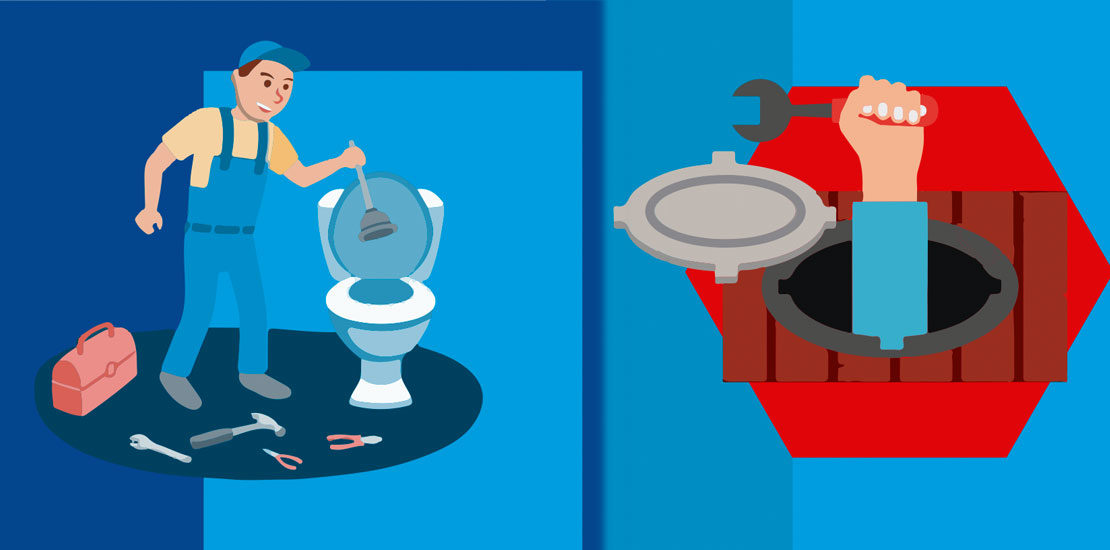- June 4, 2020
- Posted by: ProActive Sewer and Drain
- Category: Sewer Lines, Sewer Lines Repair, Sewer Lines Replace

Sewer Repair FAQ’s
As a homeowner, knowing the things that can go wrong with the sewer lines will get you prepared for events that will happen sooner or later in every house. You should know when you need to call for a repair, a replacement or maintenance of the sewer lines, and what to expect at the event. It is important for you to know when the repair is your responsibility and when it is not. Read the following FAQs to learn the most important facts regarding sewer repair. and be ready to respond in time in order to save you money and avoid unwanted situations.
When do I need sewer repair?
There are several signs that can indicate there is something wrong with a sewer line, like a clogged drain or toilet, debris build up, and foul odors. A sewer repair is also needed when you notice pools of smelly water accumulating on your yard or your basement, or strange events like toilets filling when you run the sink or bathtubs filling with wastewater. In older homes, tree roots are the main cause of a clogged sewer line. Over time the tree roots have actually crushed the pipes.
Who is responsible for the repair of the sewer lateral?
The property owner must pay for the repair of any part of the private property portion of the sewer lateral. If repairs are required in the public right-of-way portion of the sewer lateral, the property owner must contact the municipality to do the repair.
The property owner is responsible for the maintenance of the entire length of the sewer lateral, including both the private property portion of the lateral and the public right-of-way portion of the lateral.
When do I need to run maintenance of the sewer lateral?
Maintenance of a sewer lateral is the cleaning of debris, root cutting, and any procedure used to keep the entire length of the sewer lateral clean and functional. As a good preventive measure you should have your sewer lines cleaned every 18-22 months.
Take into consideration that for a business owner, malfunctioning sewer or drain can have a devastating effect on your business, and know that commercial drain and sewer lines are more prone to clogs and blockage.
When is it time to replace the sewer lines?
Usually, the sewer problem can be located on a single area of the pipe that just needs a small repair, versus replacing the entire sewer line. Certain types of sewer line damage necessitates that the sewer line be replaced. These types of damage include bellies, collapsed sewer lines, cracked joints, perforations, and sewer line separation.
In general, if a house is over 50 years old, its pipes are most likely not in very good condition. In this case, replacing the pipe would be the wisest and most beneficial solution. In the event of a major disaster, such as a tornado or hurricane, the entire sewer line needs to be completely replaced, as there is universal damage.
What can I expect with the pipe replacement job?
In the event that your home requires pipe replacement, you can expect your daily routine to be affected in one way or another. This type of work, after all, is intrusive and invasive, so you’ll have to temporarily adjust to a bit of hassle. Plumbing generally works in one area at a time, so you can generally live in your home while work is completed.
How long does it take to replace the pipe?
The time it takes to complete a redeployment job depends on several factors. These include grade, property size, soil condition, number of employees, level of experience, and more. When a contractor has to work on a house, the work takes longer. If the walls of a house have already been knocked down or not yet built, work is done faster. Expect the project to take 2-4 weeks.
Who should I hire for the job?
Know who you should hire to do the job and other important information in our infographic
